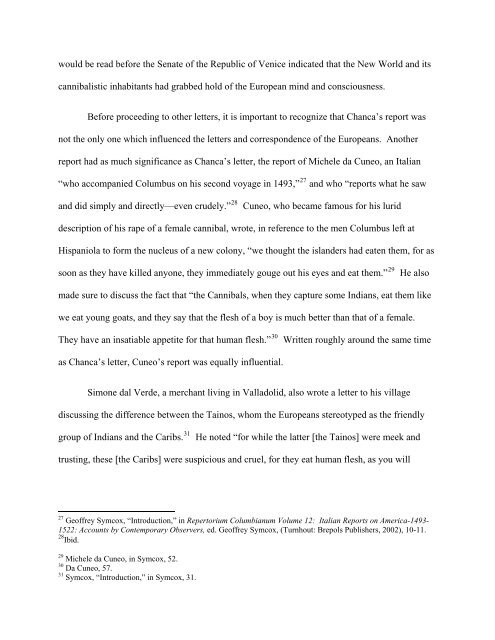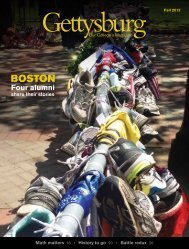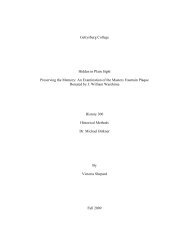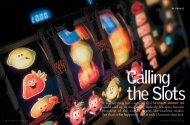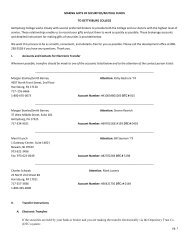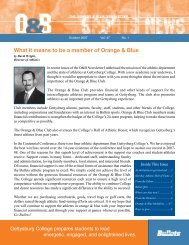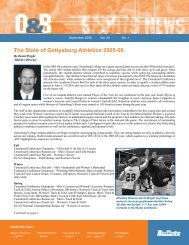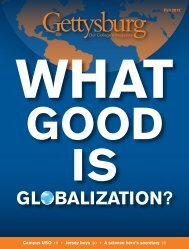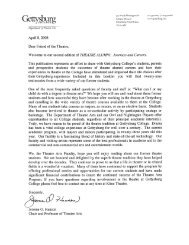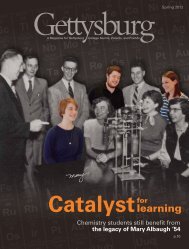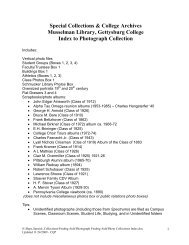Sweet Tooth for Empire: Sugar and the British Atlantic World
Sweet Tooth for Empire: Sugar and the British Atlantic World
Sweet Tooth for Empire: Sugar and the British Atlantic World
You also want an ePaper? Increase the reach of your titles
YUMPU automatically turns print PDFs into web optimized ePapers that Google loves.
would be read be<strong>for</strong>e <strong>the</strong> Senate of <strong>the</strong> Republic of Venice indicated that <strong>the</strong> New <strong>World</strong> <strong>and</strong> its<br />
cannibalistic inhabitants had grabbed hold of <strong>the</strong> European mind <strong>and</strong> consciousness.<br />
Be<strong>for</strong>e proceeding to o<strong>the</strong>r letters, it is important to recognize that Chanca’s report was<br />
not <strong>the</strong> only one which influenced <strong>the</strong> letters <strong>and</strong> correspondence of <strong>the</strong> Europeans. Ano<strong>the</strong>r<br />
report had as much significance as Chanca’s letter, <strong>the</strong> report of Michele da Cuneo, an Italian<br />
“who accompanied Columbus on his second voyage in 1493,” 27 <strong>and</strong> who “reports what he saw<br />
<strong>and</strong> did simply <strong>and</strong> directly—even crudely.” 28 Cuneo, who became famous <strong>for</strong> his lurid<br />
description of his rape of a female cannibal, wrote, in reference to <strong>the</strong> men Columbus left at<br />
Hispaniola to <strong>for</strong>m <strong>the</strong> nucleus of a new colony, “we thought <strong>the</strong> isl<strong>and</strong>ers had eaten <strong>the</strong>m, <strong>for</strong> as<br />
soon as <strong>the</strong>y have killed anyone, <strong>the</strong>y immediately gouge out his eyes <strong>and</strong> eat <strong>the</strong>m.” 29 He also<br />
made sure to discuss <strong>the</strong> fact that “<strong>the</strong> Cannibals, when <strong>the</strong>y capture some Indians, eat <strong>the</strong>m like<br />
we eat young goats, <strong>and</strong> <strong>the</strong>y say that <strong>the</strong> flesh of a boy is much better than that of a female.<br />
They have an insatiable appetite <strong>for</strong> that human flesh.” 30 Written roughly around <strong>the</strong> same time<br />
as Chanca’s letter, Cuneo’s report was equally influential.<br />
Simone dal Verde, a merchant living in Valladolid, also wrote a letter to his village<br />
discussing <strong>the</strong> difference between <strong>the</strong> Tainos, whom <strong>the</strong> Europeans stereotyped as <strong>the</strong> friendly<br />
group of Indians <strong>and</strong> <strong>the</strong> Caribs. 31 He noted “<strong>for</strong> while <strong>the</strong> latter [<strong>the</strong> Tainos] were meek <strong>and</strong><br />
trusting, <strong>the</strong>se [<strong>the</strong> Caribs] were suspicious <strong>and</strong> cruel, <strong>for</strong> <strong>the</strong>y eat human flesh, as you will<br />
27 Geoffrey Symcox, “Introduction,” in Repertorium Columbianum Volume 12: Italian Reports on America-1493-<br />
1522: Accounts by Contemporary Observers, ed. Geoffrey Symcox, (Turnhout: Brepols Publishers, 2002), 10-11.<br />
28 Ibid.<br />
29 Michele da Cuneo, in Symcox, 52.<br />
30 Da Cuneo, 57.<br />
31 Symcox, “Introduction,” in Symcox, 31.


